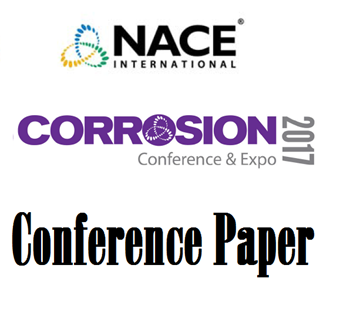Search
96418 ACCELERATED TESTS FOR LONGTERM PREDICTION OF CORROSION IN AUSTENITIC STAINLESS STEELS AND Ni-Fe-Cr-Mo ALLOYS
Also Purchased
Corrosion of Nickel Alloys in Elevated Temperature Sour Gas Environments
Product Number:
51317--9135-SG
ISBN:
9135 2017 CP
Publication Date:
2017
$20.00
06158 INVESTIGATION OF INTERGRANULAR CORROSION OF Alloy 825 IN SOUR SERVICE
Product Number:
51300-06158-SG
ISBN:
06158 2006 CP
$20.00




